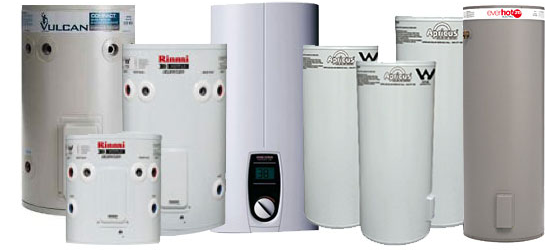Most of us have properties with Domestic Hot Water Systems at our Communities. What most of us don’t consider is how much energy we lose (and money) when we have crossover between our hot and cold water lines. Spoiler alert: Crossover most commonly occurs when a shower cartridge fails and cold water contaminates your hot water supply. It’s more common than you would think. The CPUC did a study last year, and discovered that 50% of all buildings have crossover. (Yikes)
Typically the first sign of crossover is a resident complaint that they cannot get hot water. At some sights, the Maintenance Team team will automatically assume that the issue is with the boiler itself. The first response is to just turn up the temperature of the boiler. This doesn’t actually solve the issue, and in fact creates a liability where some units can be at risk for scalding temperatures.
The best way to then diagnose crossover is to enter their unit and see if they have hot water in the bathroom sink, if so, you have crossover. I recommend surveying your residents to see if anyone else at your site has trouble getting hot water to see if you can isolate in the building where the crossover is occurring. It’s also fabulous if you have drawings and know where each unit is on the Hot Water line. The crossover might be occurring in a unit other than the one with the cold water complaint.
By resolving this issue, you can save both water and natural gas. The residents will get hot water sooner, be more satisfied while you save commodities and save money.
